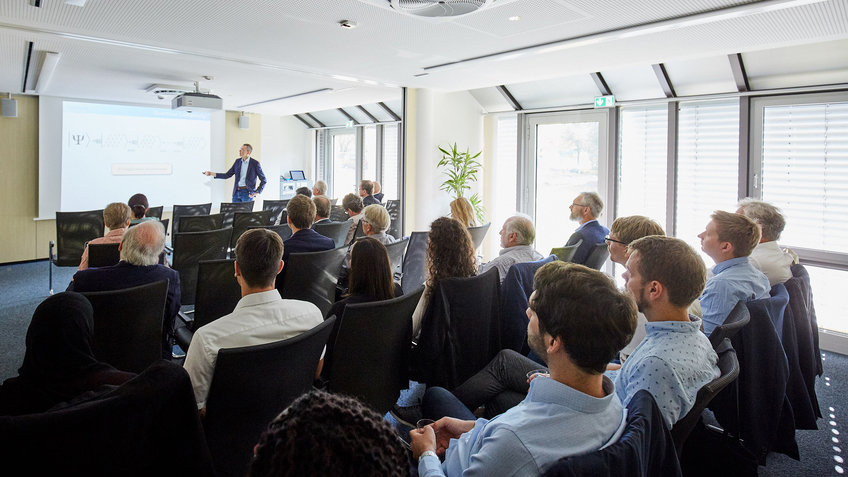The investigation of ultrafast processes initiated in molecules by light absorption is of crucial importance in various research areas, from molecular physics to material science, from chemistry to biology. They are at the heart of emerging technological applications, where photo-induced electron transfer and charge transfer play a key role. In the last few years, the use of attosecond pulses has demonstrated to be a very powerful tool for the investigation of physical processes evolving in molecules on time scales ranging from a few femtoseconds down to tens of attoseconds. The introduction of new attosecond spectroscopic techniques, together with the development of sophisticated theoretical methods for the interpretation of the experimental outcomes, allowed unravelling and investigating physical processes never observed before. The application of attosecond methods to molecular physics has opened new research frontiers. Experimental advances, in terms of new sources, devices and techniques, are still required, together with new theoretical tools and approaches, but attosecond molecular physics has firmly established as a mature research field.
[more]

